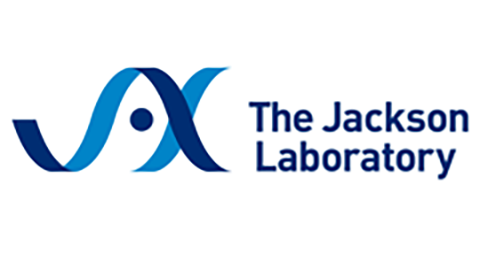
Faculty Research 1990 - 1999
Defects in limb, craniofacial, and thymic development in Jagged2 mutant mice.
Document Type
Article
Publication Date
1998
Keywords
Apoptosis, Carrier-Proteins: ge, Cleft-Palate: ge, Craniofacial-Abnormalities: ge, Gene-Expression, Limb-Deformities-Congenital: ge, Mice, Molecular-Sequence-Data, SUPPORT-NON-U-S-GOVT, SUPPORT-U-S-GOVT-P-H-S, Thymus-Gland: ab
First Page
1046
Last Page
1057
JAX Source
Genes Dev 1998 Apr 1;12(7):1046-57
Grant
NS36437/NS/NINDS, HD34883/HD/NICHD, NS31885/NS/NINDS
Abstract
The Notch signaling pathway is a conserved intercellular signaling mechanism that is essential for proper embryonic development in numerous metazoan organisms. We have examined the in vivo role of the Jagged2 (Jag2) gene, which encodes a ligand for the Notch family of transmembrane receptors, by making a targeted mutation that removes a domain of the Jagged2 protein required for receptor interaction. Mice homozygous for this deletion die perinatally because of defects in craniofacial morphogenesis. The mutant homozygotes exhibit cleft palate and fusion of the tongue with the palatal shelves. The mutant mice also exhibit syndactyly (digit fusions) of the fore- and hindlimbs. The apical ectodermal ridge (AER) of the limb buds of the mutant homozygotes is hyperplastic, and we observe an expanded domain of Fgf8 expression in the AER. In the foot plates of the mutant homozygotes, both Bmp2 and Bmp7 expression and apoptotic interdigital cell death are reduced. Mutant homozygotes also display defects in thymic development, exhibiting altered thymic morphology and impaired differentiation of gamma delta lineage T cells. These results demonstrate that Notch signaling mediated by Jag2 plays an essential role during limb, craniofacial, and thymic development in mice.
Recommended Citation
Jiang R,
Lan Y,
Chapman HD,
Shawber C,
Norton CR,
Serreze DV,
Weinmaster G,
Gridley T.
Defects in limb, craniofacial, and thymic development in Jagged2 mutant mice. Genes Dev 1998 Apr 1;12(7):1046-57

